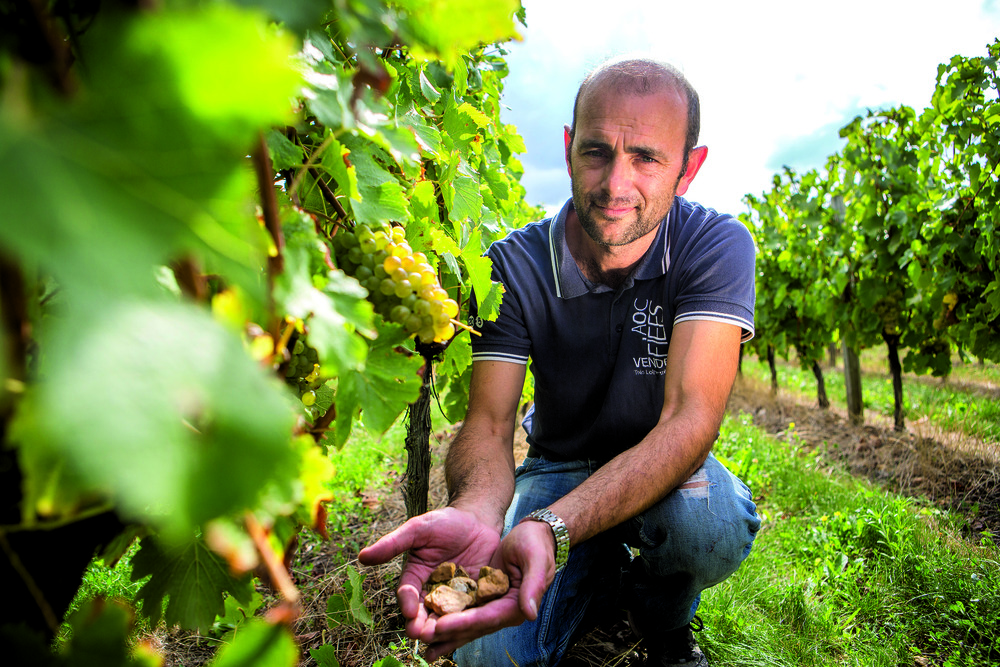
Where land meets sea: Culinary adventures in the Vendee
The Vendée unites land and sea in a rich culinary tapestry, offering gourmet visitors everything from prized seafood to the freshest vegetables to delectable pastries – and a chance to meet the producers and artisans behind them…
The Vendée, on France’s western coast, offers much more than stunning landscapes and rich history-it’s a culinary haven where the bounty of the land and sea converge. Whether you’re breathing in the salty sea breeze along the coast, meandering through the tranquil marshlands of the Marais Poitevin, or hiking through the bocage in the footsteps of historical figures, the Vendée invites you to slow down and savour an unforgettable gastronomic adventure.
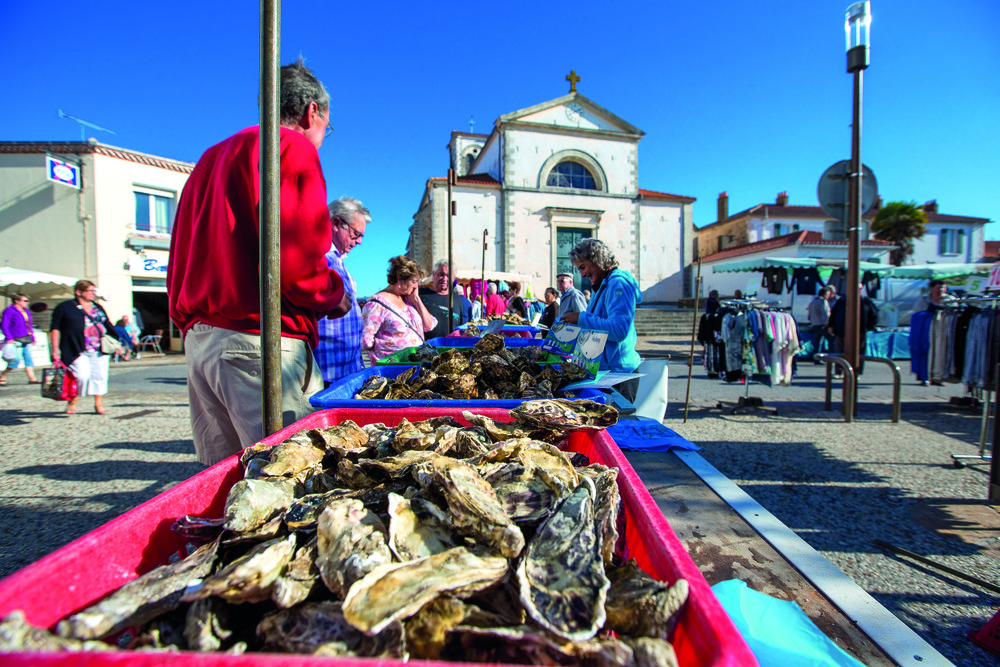
With its 250km of coastline, it’s no surprise that seafood is at the very heart of the Vendée’s culinary offering. The region’s waters teem with delectable shellfish, such as prawns, langoustines, crabs and blue lobster, as well as calamari, cuttlefish and squid.
One of the most celebrated delicacies is the ‘Sablaise sole, a flatfish caught off the shores near Les Sables-d’Olonne. Known for its firm, low-fat white flesh, it is often served as fillets or cooked whole à la meunière – coated in flour, sautéed in butter, and finished with a splash of lemon juice. The Sablaise has earned a place of honour on menus across the region and beyond, embodying the elegant simplicity of French coastal cuisine. For those looking for an up-close experience of the region’s maritime culture, a visit to the bustling fish market in Les Sables-d’Olonne is a must.
On a 90-minute guided tour, you can witness the lively fish auction, see the fishing boats in action and meet the fishermen. It’s a fascinating glimpse into the behind-the-scenes workings of one of France’s most important fishing ports, where the diverse catch of the day – from anchovies to squid – is sold directly to the highest bidder. In Saint Gilles Croix de Vie, another guided tour takes you through the traditions of local fishing methods and ends with a tasting of freshly grilled sardines. And talking of sardines, don’t miss the popular annual festival, Printemps de la Sardine, at Saint Gilles Croix de Vie, which this year runs from April 19 to May 3. Expect all sorts of activities, culinary workshops, exhibitions, guided tours and tastings.
Regional treasures
The Bay of Aiguillon is a celebrated centre for shellfish farming, most notably for Bouchot mussels, which are farmed on oak pilings submerged in the sea and are renowned for their tender, yellow flesh and distinctive taste. The practice dates back to the 13th century, making Bouchot mussels some of the oldest cultivated shellfish in the world. For a truly local experience, try your fish with La Bonnotte potatoes, grown on the island of Noirmoutier. These golden spuds have a delicate, salty flavour and are produced in limited quantities – only 80 tonnes per year -making them much sought-after by top chefs and, not surprisingly, one of the most expensive varieties in the world.
As well as seafood, the Vendée is home to renowned salt marshes, particularly on the Ile de Noirmoutier, near Saint Hilaire de Riez and in Les Sables d’Olonne, which produce high-quality sea salt and are well worth a visit.
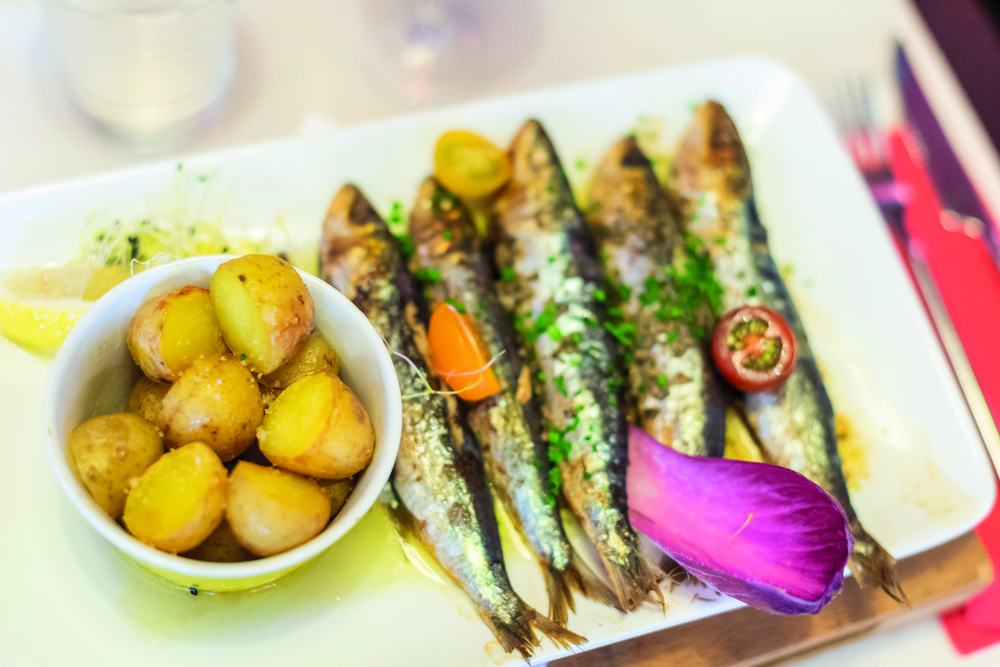
A taste of tradition
The inland areas of Vendée are equally rich in culinary heritage, especially when it comes to poultry. Challans, a town famous for its ducks and chickens, is home to more than 600 breeders who continue to use traditional farming methods, prioritising animal welfare and natural feeding and producing some of the finest poultry in France.
Then there’s the charcuterie, notably Jambon de Vendée. This raw ham is hand-cured with dry salt and rubbed with wine, brandy and herbs such as cinnamon, thyme and bay. The result is a delicately seasoned ham that pairs perfectly with the region’s signature white haricot beans, the Mogette de Vendée, in a rustic comfort dish called jambon mogette. The beans, traditionally served with butter, earned the prestigious PGI (Protected Geographical Indication) label in 2010 and are grown throughout the region, with the Bas Bocage being their historic home.
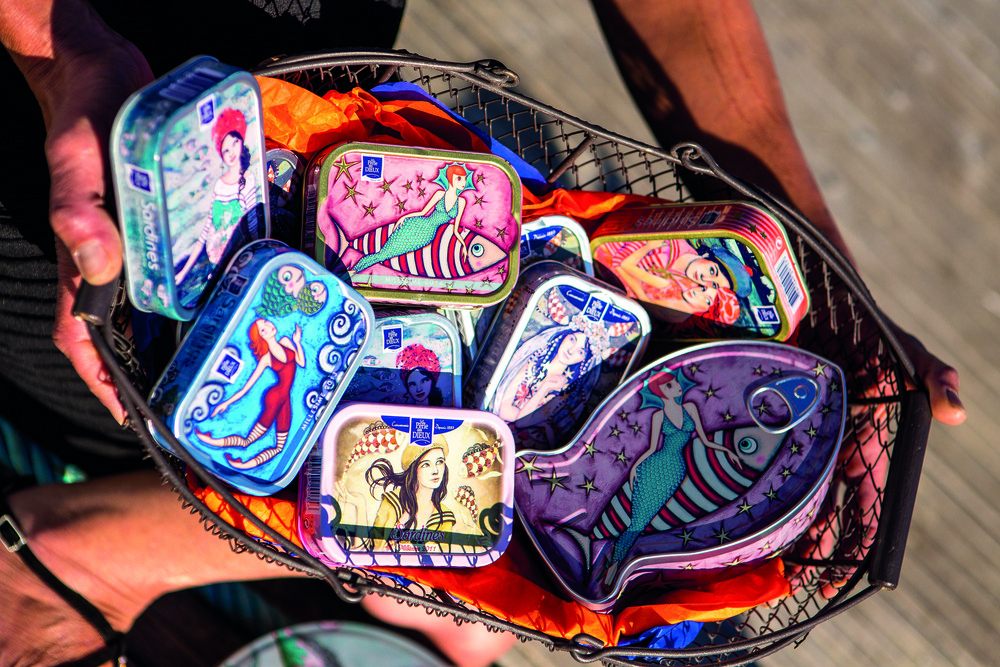
Sweet offerings
No culinary journey in the Vendée would be complete without indulging in the region’s delightful desserts and pastries. The flan maraîchin, also known locally as fion, is a traditional egg flan encased in a pastry crust, historically served at Easter and popular at family gatherings. Les caillebottes, meanwhile, offer a taste of rustic comfort. Made from curdled milk and rennet, this creamy dessert is often sprinkled with sugar or cinnamon.
L’Île d’Yeu is home to two iconic sweets: minmins and tarte aux pruneaux. Minmins are small, caramel fondant sweets made with prunes and salted butter, while tarte aux pruneaux (prune tart), is a beloved wedding delicacy that has become a year-round treat.
Originally known as ‘bride and groom tart, it’s still a popular gift for those unable to attend a wedding. Another regional favourite is millet pudding, made from millet cooked in milk. sugar and cinnamon. This ancient cereal, once nearly forgotten, has seen a resurgence thanks to the dedication of local farmers.
For those visiting during Easter, two traditional pastries – la gâche and brioche Vendéenne are a must-try. La gâche, a dense cake flavoured with orange blossom water or eau-de-vie, is often enjoyed alongside the region’s famous brioche, which is perfect for breakfast or with a cup of coffee.
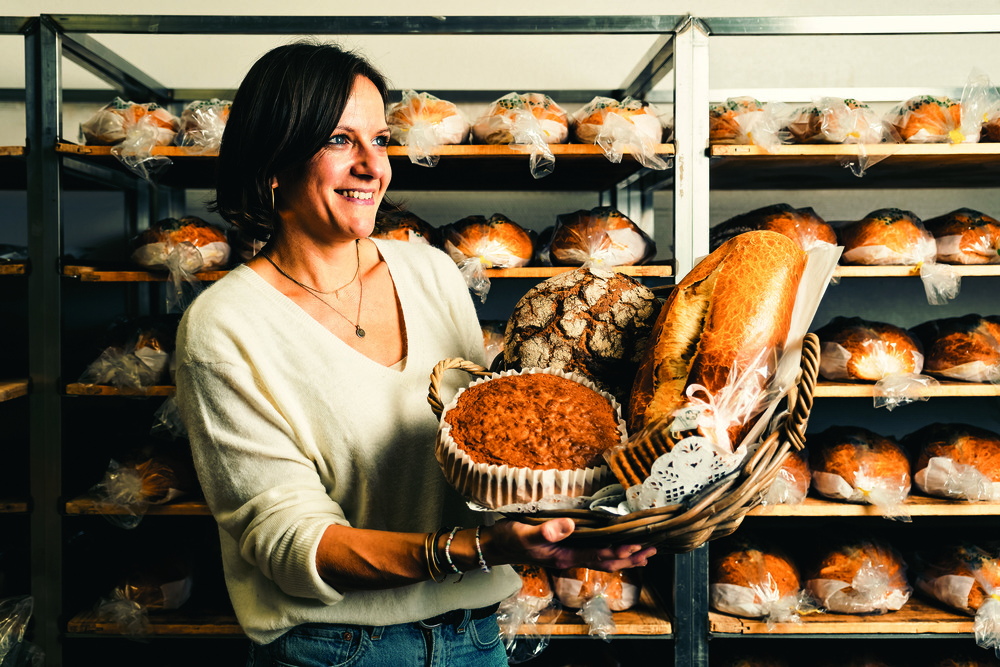
Wines and distilleries
The Vendée may not be as famous for its wine as other regions of France, but it boasts a growing reputation and the Fiefs Vendéens wine route is testament to this. Stretching across five key wine-growing areas – Brem sur Mer, Vix, Mareuil, Pissotte, and Chantonnay -the route offers visitors the chance to explore the distinct terroir of Vendée, meet the winegrowers and sample the wines. You’ll also find a number of distilleries here, including the Vrignaud distillery, which has been producing spirits since 1812. A visit offers a chance to sample its range of whiskies, gin, vodka, verjus, pastis and more.
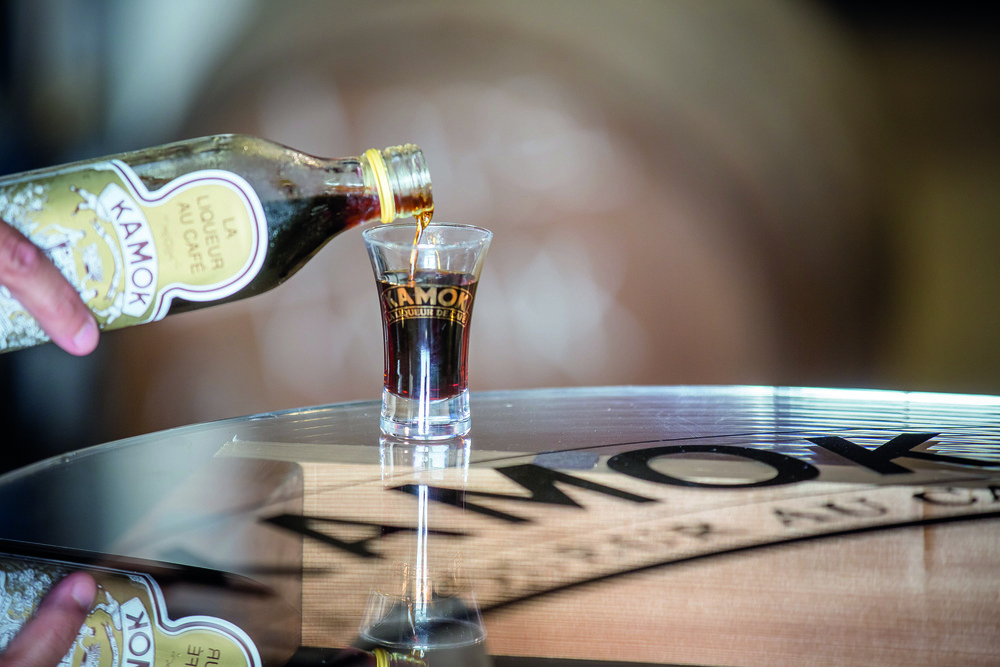
Culinary experiences
The Vendée hosts a range of innovative restaurants that combine the region’s culinary heritage with modern cuisine. The Roso restaurant, in the Perrier marshes, offers a relaxed yet refined dining experience with a menu that blends local ingredients. with creative flair. The Modjo restaurant, in Les Sables d’Olonne, is helmed by chef Bruno Aubin, who highlights exceptional ingredients by playing with textures. Other notable establishments include La Mission, a 4-star hotel and rum bar on Île d’Yeu, and L’Atelier, a bistro in Montaigu-Vendée, which is owned by Michelin-starred chef Xavier Giraudet.

From the bustling fish markets to the tranquil vineyards and from the rugged coast to the charming villages, the Vendée offers a culinary experience that is as rich and varied as its landscapes. Whether you’re savouring seafood by the sea, enjoying a traditional pastry in a market square, or sipping local wine in the heart of a vineyard, your appetite for adventure is sure to be satisfied.
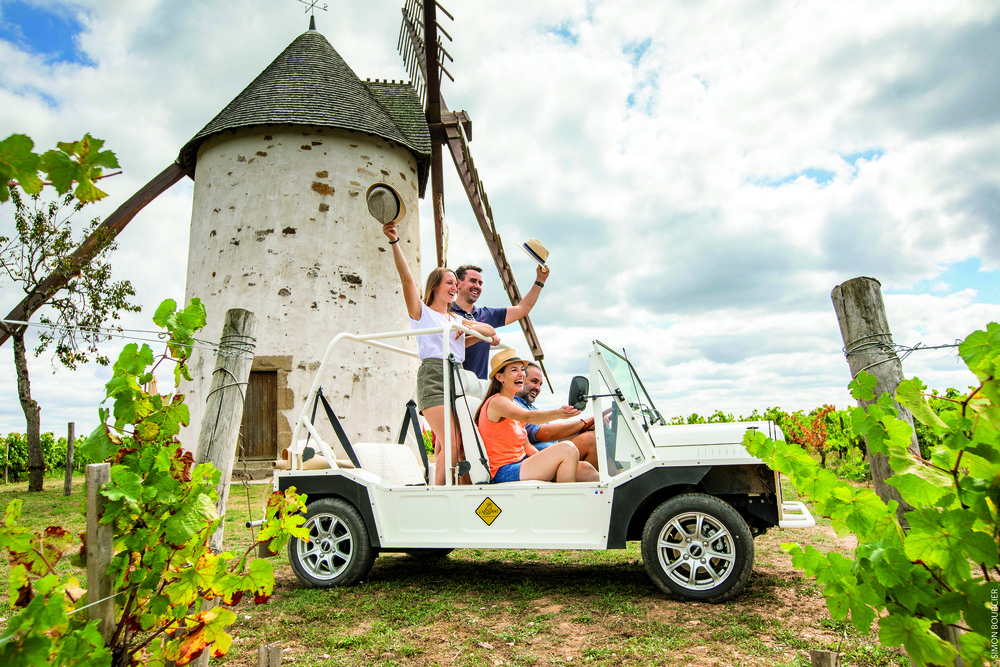
Looking for more French food and drink content?
In our magazine we offer a whirlwind tour of the best gastronomic destinations. Discover La Belle France’s renowned markets, quirkiest food festivals, most indulgent restaurants and foodie experiences.
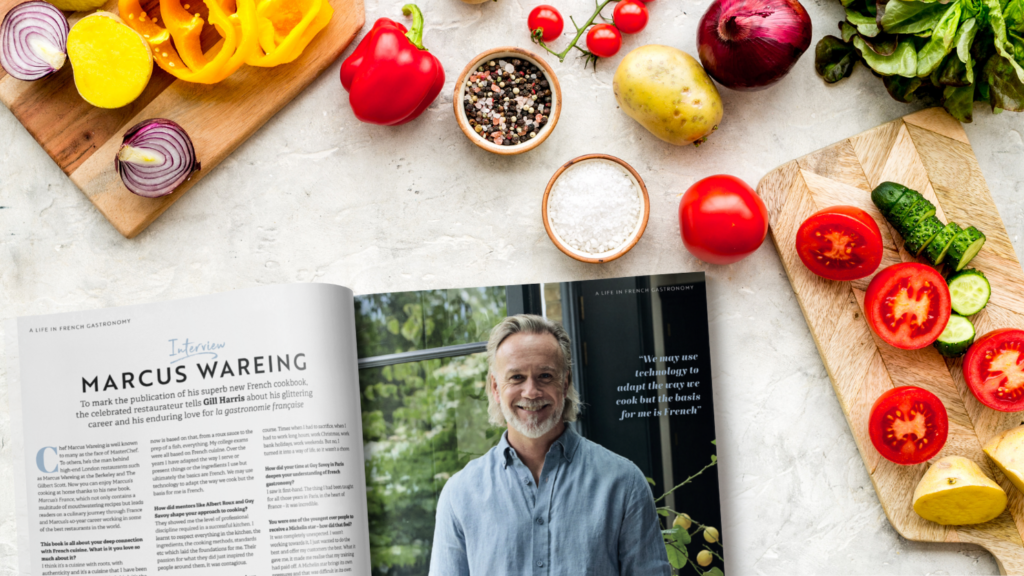
Lead photo credit : Domaine_Mercier
Share to: Facebook Twitter LinkedIn Email
More in Vendee



